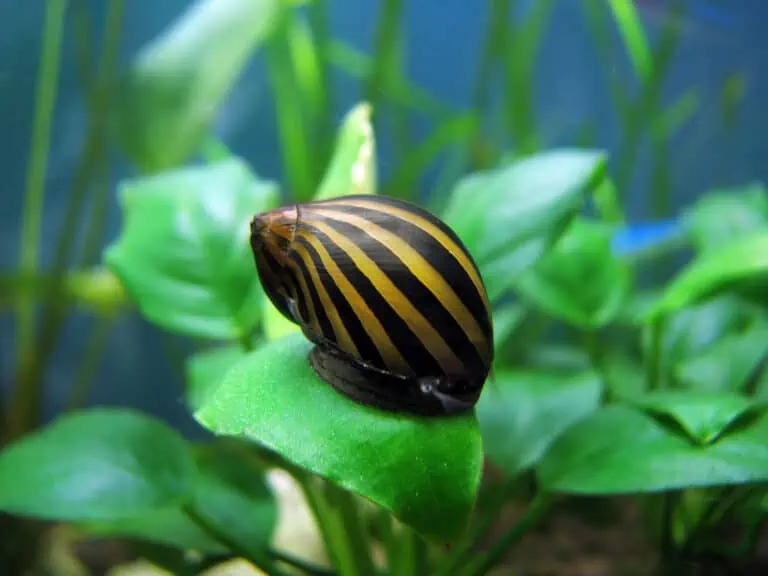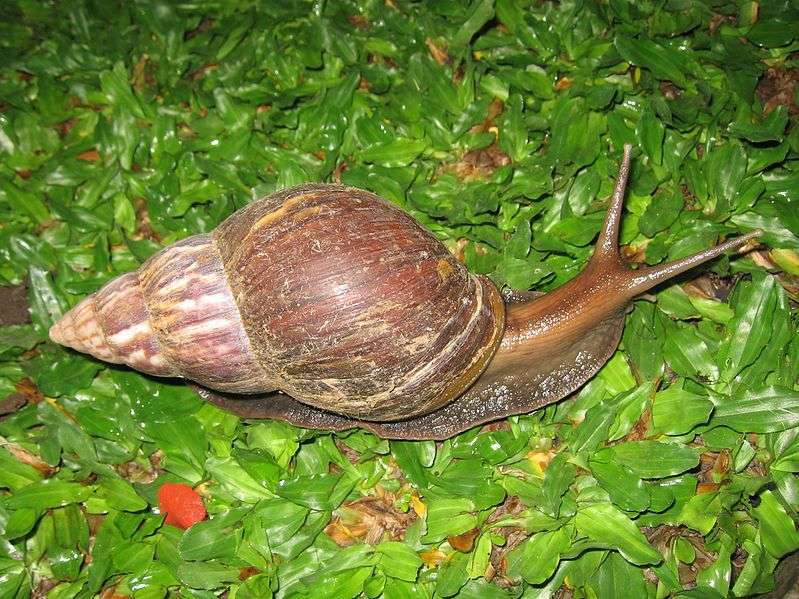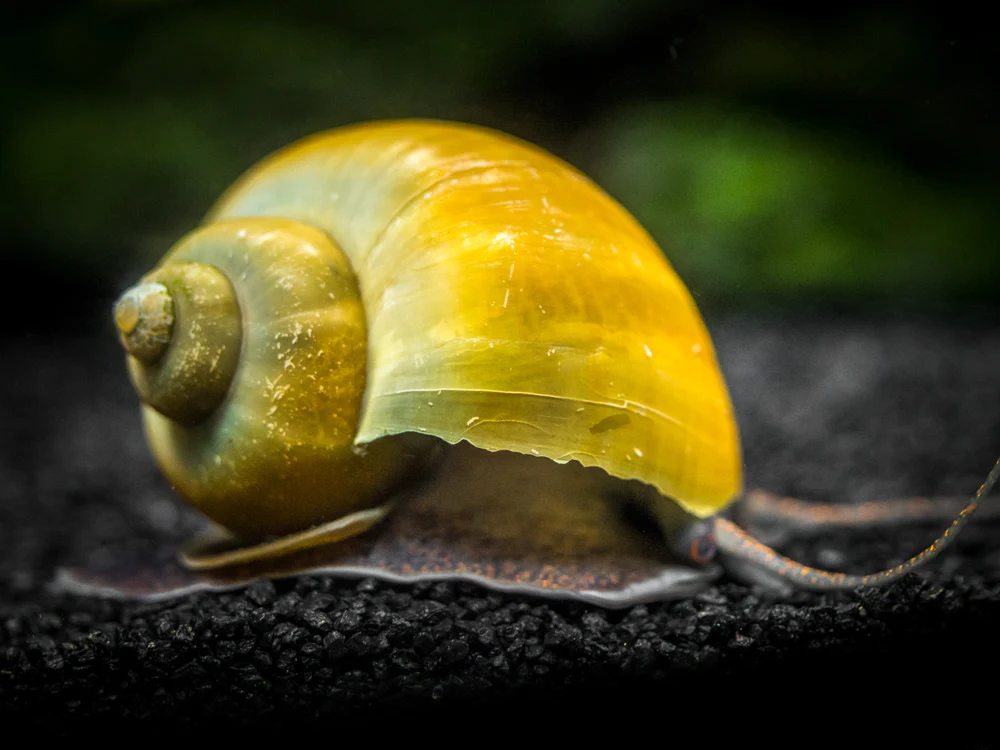
Description
Size: Nerite snails are around an inch long as adults, with females normally being a little bigger than males.
Aquarists love nerite snails for their distinctive patterns and colors as well as their usefulness as tank cleaners. The structure of a Nerite snail consists of a tough shell that rests on top of a muscular “foot” that sways to propel the snail along. Four delicate tentacles are also present on snails. These extravagant-looking snails measure one inch and have various patterns and hues.
Origin
Usually found in Eastern Africa, where it lives in a mixture of freshwater from rivers and saltwater from the sea, is the nerite snail. The Caribbean and Pacific coasts are home to saltwater variants of nerite snails.
Behavior
Since they are calm herbivores, nerite snails usually don’t annoy their tank mates. They are vulnerable to being eaten by big, aggressive fish because of their delicate temperament and small stature.
The snails in captivity are slow moving and spend the most of their time eating algae in tanks. These invertebrates can climb well, thus they occasionally manage to get out of the tank. Invest in a secure tank lid to prevent your nerite snail from escaping.
Keeping as Pet

Habitat
Nerite snails are primarily found in coastal environments with lots of rocks and dead wood where algae can develop, such as estuaries and mangroves. Nerite snails will therefore flourish in your tank setting if you can reproduce that.
There must be a tonne of hiding places. Create hiding places for snails out of living rock, and the snails will benefit from the algae that will colonies the rock’s surface. Add a few algal wafers to the snails’ food if there isn’t enough algae to sustain them.
Choose a fine-grained, sandy substrate to ensure that there is little risk of your snails being scratched because they have four incredibly sensitive tentacles. The best substrate to use is one that is high in calcium since it will give the snails a plentiful supply of the mineral, which they require to fortify their shells.
Diet and Feeding
Nerite snails only need a small amount of food because the algae in their tank makes up the majority of their diet.
However, if there isn’t enough algae left in the aquarium for the snail to consume, add spinach, lettuce, and kale. If you find that the algae in the tank is no longer disappearing, cut back on the veggies your snail is given until the algae-eating behavior returns.
Tank Mates
Nerite snails are calm and laid-back, so they don’t endanger their tank mates. These snails should only keep company with calm fish because of their small size, which leaves them open to attack or death by huge, aggressive fish.
Great tank mates for nerite snails include: neon tetras, ghost shrimp, barbs, cherry shrimp, bettas and guppies.
Water Conditions
Nerite snails require a tank pH range of 6.5 to 8.5 and a temperature range of 65 to 85 oF. The habitat’s water type should be kH 12–18 and gH 12–18.
Table





